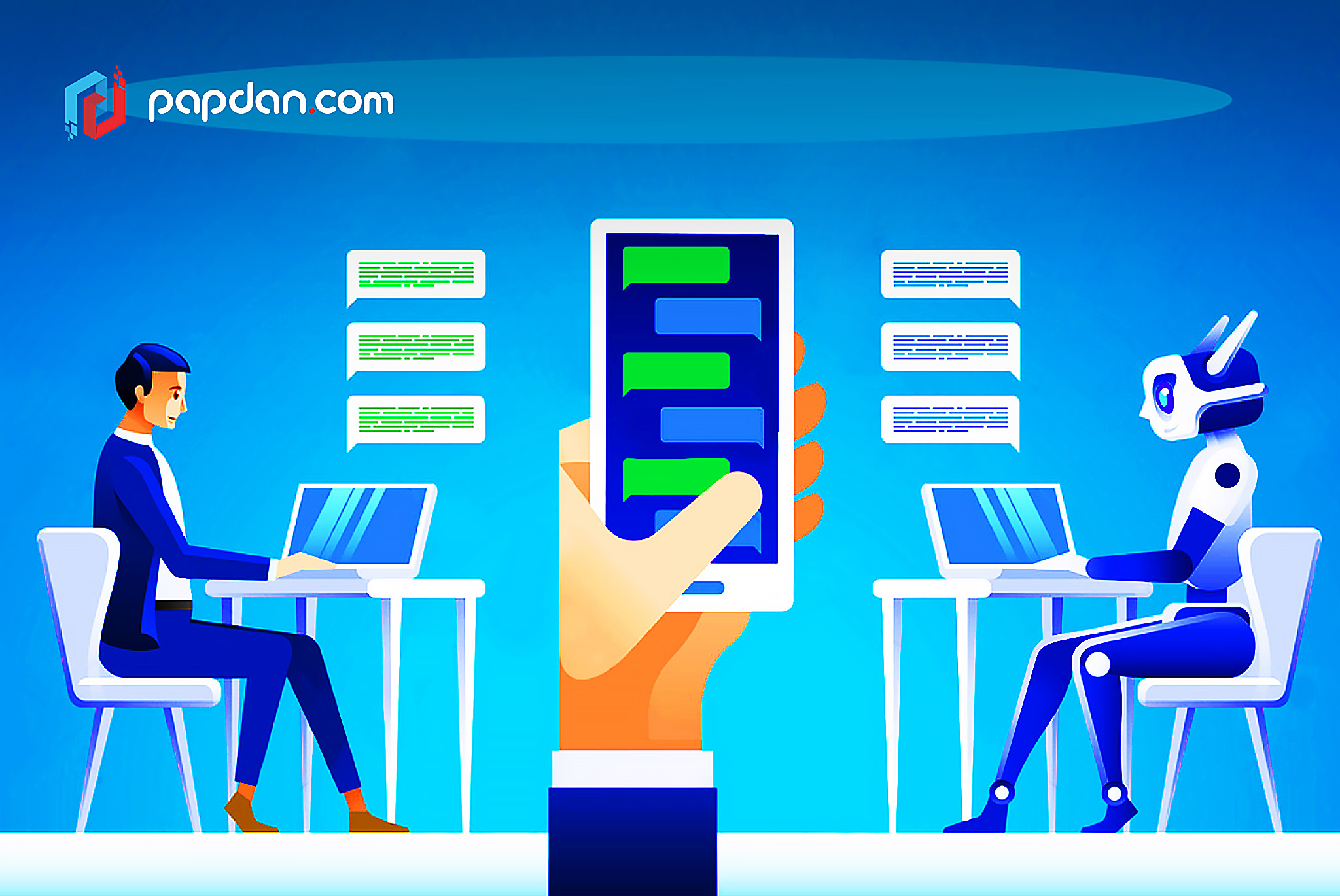One of the big talking points in the tech industry right now is the development of Artificial Intelligence, or AI for short. Google co-founder Larry Page envisions AI as the end goal of the search engine development while Tesla’s Elon Musk practically likens AI development with performing a seance, there’s no telling what they’re going to do once they’re out in the wild. Regardless of your opinions on AIs, the tech industry is still very much keen on making further progress in the field, with machine learning sitting firmly in the driver’s seat. One of the ways this trend is being already used is in what we call chatbots. The implementation of a chatbot, whether in an instant messaging app or a website is one of the latest points of discussion in website development. As a company, it might sound intriguing to implement this for your web app for the purpose of customer service but as AI development is still in the earlier stages, it might be wise to skip on chatbots for the time being or at least complement them with actual human beings in your customer service team.
The term chatbots, used to describe a set of software that is meant to simulate real-life interaction via text or speech, was first coined back in 1994 by Michael Mauldin to describe programs that was made for the above purpose. It wasn’t until 2 decades later that the term itself began to see widespread use, especially when Facebook made the announcement in 2016 to include chatbot functionality within Facebook Messenger, allowing companies to develop their own chatbots within Facebook Messenger. The ultimate goal is to provide sales and customer services without wasting manpower on the most basic and tedious of task but like previously stated, AI is still a burgeoning field and here are some reasons why having the good old live chat to at least complement your chatbot is still preferable in 2018:
- The uncanny valley
Have you watched the Star Wars film Rogue One? Notice just how in the ending Princess Leia is just subtly but unmistakably off from the one played by the late Carrie Fisher all those years ago? Or the unsettling way in how the beefy Chris Evans was made to look like a skinny kid back in the beginning of the first Captain America film? Those two examples above are digital recreations and the reason why you find them somewhat peculiar is because of the still scientifically-unproven phenomenon that is known as The Uncanny Valley. Basically, it defines an area of ‘realness’ that is close to how we perceive reality but not close enough that you can still notice that it’s fundamentally different without being able to point out exactly why. As chatbots are little more than digital recreations, it’s completely in the realm of possibility that a user talking with a chatbot would encounter this phenomenon.
- The lack of ability for handling complex queries
For simple yes-or-no or typical queries, like simple directions to an address, chatbots are perfectly fine, but customer service are judged not when things are going great but if, or rather, when things escalate to extreme proportions. Chatbots will inevitably get lost when handling complex and overtly specific queries at which point, you’re just going to further frustrate the customers making the query, and especially once they found out they’re talking to simply a bunch of 1s and 0s.
- Lacking the capability to redirect question
For simple matters or things that could be solved directly within the customer service department, chatbots would do fine but what if you’re working for a major ISP and your customer is also a figure within the industry and are asking highly technical questions that can only be answered by one of your engineers? An actual human being would know to simply put the customer on hold, get a hold of the engineer and simply forward the questions but can your chatbot do that on its own? Remember, this will require your chatbot to be able to interact with another department within your company and not just your customers. While this level of integration is the goal for chatbots in web development, we are still quite far from getting to that point.
- Putting words into context
One of mankind’s distinct capabilities is to read between the lines. It’s how we perceive and understand humor, how we can appreciate works of literature and how we can understand how the other party is feeling in a conversation through the use of body language and tone. Obviously, any conversation carried purely through text is always going to be somewhat limited but picking up on moods and situations would still be possible while a chatbot would have no way of doing that, rendering it incapable of adapting itself in reaction to how the other speaker is acting. This could prove disastrous when dealing with an increasingly irate customer while the chatbot sticks to the tone it has used since the beginning of the conversation.
While there may come a day when a chatbot will be capable of engaging in the same level of natural conversation like the OS Samantha from the 2013 film Her, that time is still years away and current chatbots tend to make statements or answers that you know an actual human being would never make. It’s still early days yet in the world of web development when it comes to AI but there has been some notable progress when it comes to chatbot. One notable use when it comes to chatbots other than for the purpose of customer service is for mental health, specifically, chatbots as a form of therapy. It’s far from perfect and they aren’t meant to replace the presence of a mental health professional but as something that’s immediately accessible anywhere and to anyone, chatbot therapy works well given its limitations.

